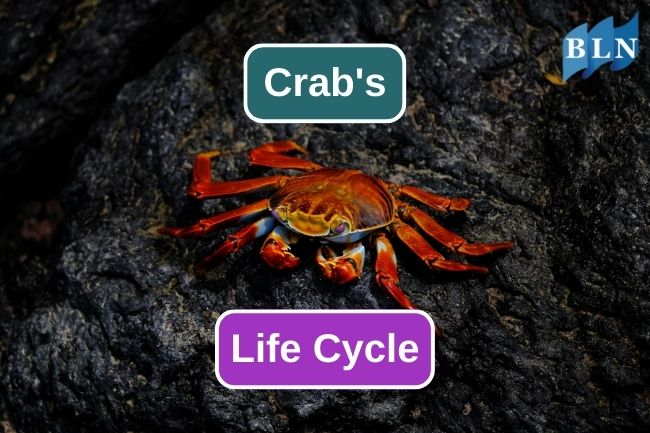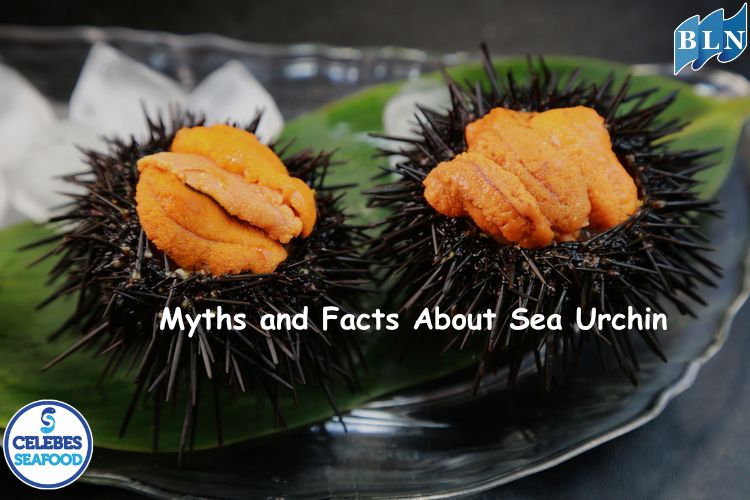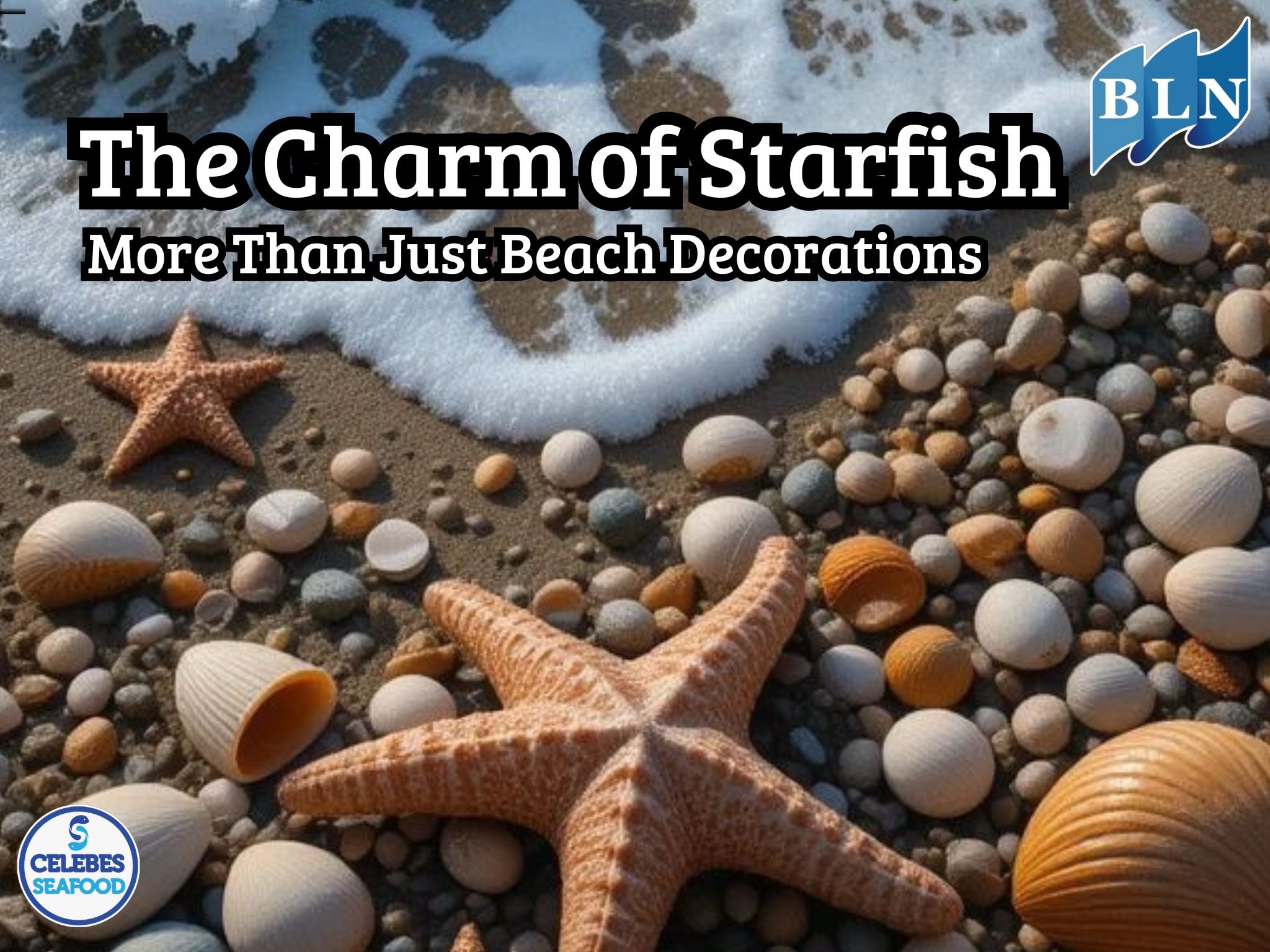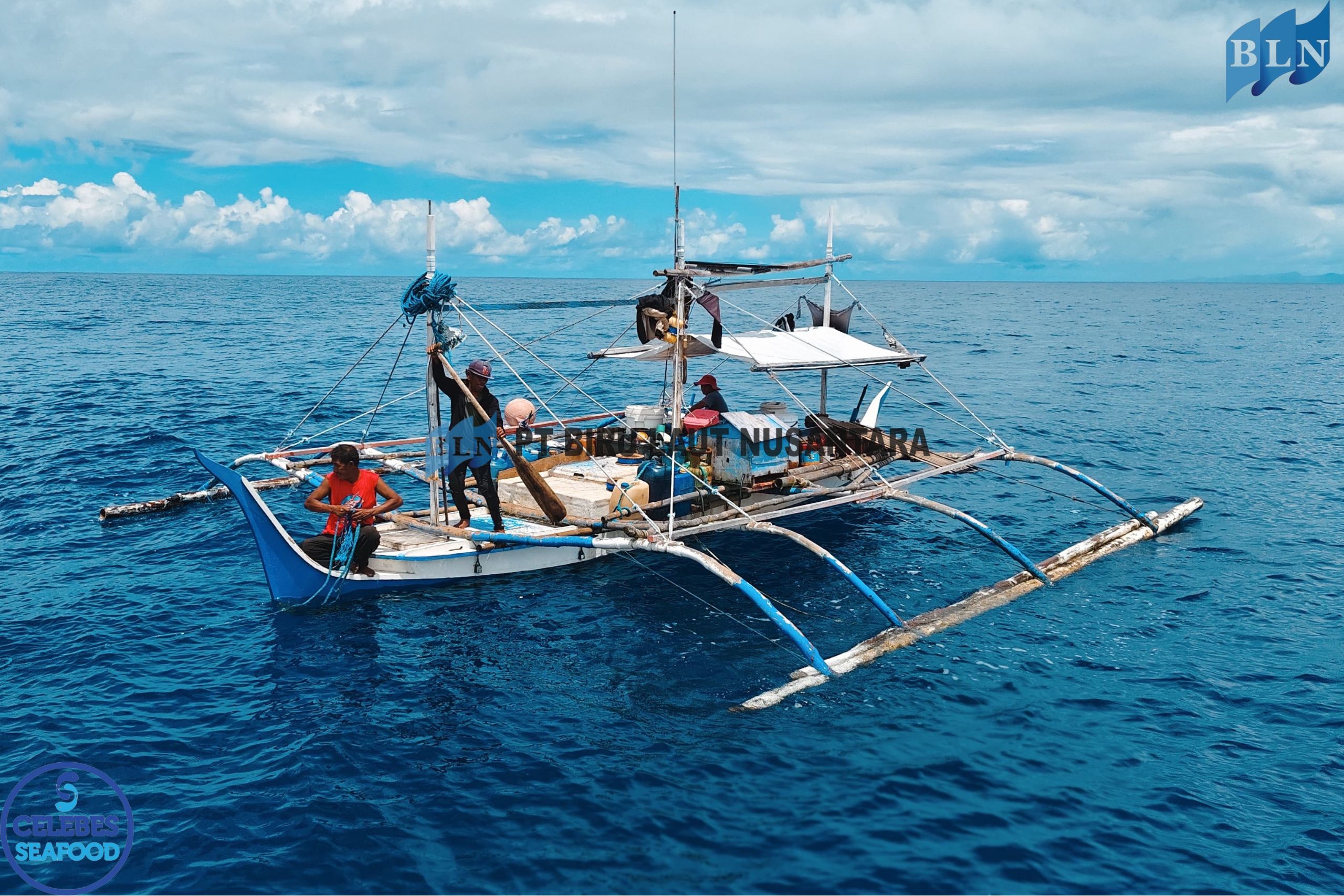5 Stages Of Crab’s Life Cycle
By. Nevanda - 20 Jun 2023
lautnusantara.com - The life cycle of a crab typically goes through several stages, starting from the eggs and progressing to larval and adult forms. While there are various species of crabs, I will provide a general overview of the life cycle.
1. Egg Stage
The life cycle of a crab begins when a female crab produces and releases eggs into the water. The eggs are often carried on the female's abdomen or attached to specialized appendages. The number of eggs produced can vary significantly depending on the species, ranging from a few hundred to several thousand.
2. Larval Stage
Once the eggs hatch, they give rise to crab larvae, known as zoea. The zoea larvae are usually planktonic and spend their early life drifting in the water column. They have a distinct appearance with long spines and are quite different from the adult form of a crab. During this stage, the larvae go through several molts, shedding their exoskeleton to grow.
3. Megalopa Stage
After several molts, the zoea larvae develop into the megalopa stage. At this stage, they resemble miniature versions of the adult crab, but with disproportionately large abdomens. Megalopae often have well-developed walking legs, allowing them to move along the substrate.
Read also: Unleashing The Power Of Chitosan In The Biomedical Field
4. Juvenile Stage
As the megalopa continues to grow and develop, it eventually transforms into a juvenile crab. The juvenile crab looks more similar to the adult form, but it is still smaller and lacks some mature characteristics. During this stage, the crab actively feeds and seeks shelter in appropriate habitats like seagrass beds or rocky shores. The duration of the juvenile stage can vary depending on the species, ranging from a few weeks to several months.
5. Adult Stage
Once the juvenile crab reaches maturity, it becomes an adult. At this stage, the crab has fully developed reproductive organs and is capable of reproducing. The adult crab may continue to grow and molt periodically throughout its life, shedding its exoskeleton to accommodate growth. The frequency of molting and growth rate can differ between species.
Some crabs have more complex life cycles with additional larval stages, while others may exhibit direct development, skipping the larval stages altogether. Additionally, environmental factors such as temperature and food availability can influence the duration and timing of each life cycle stage.
Read also: 5 Disadvantages Of Salting Fish Method








